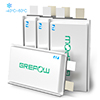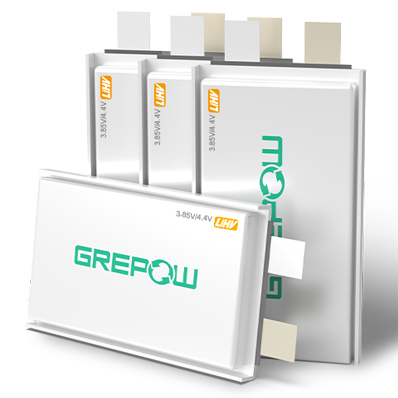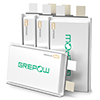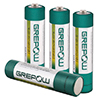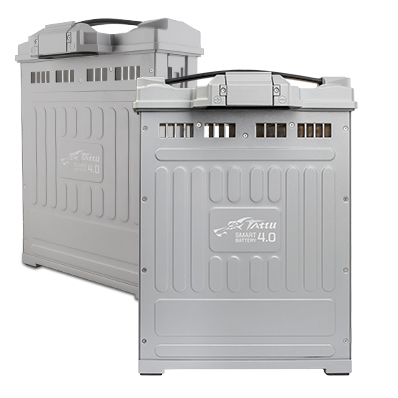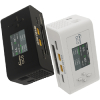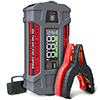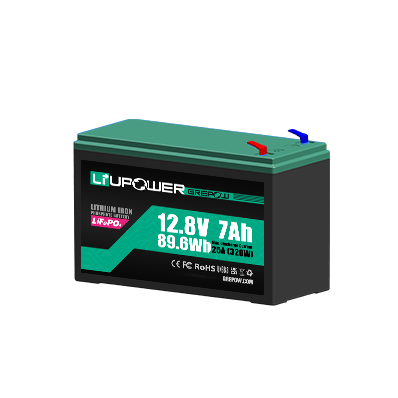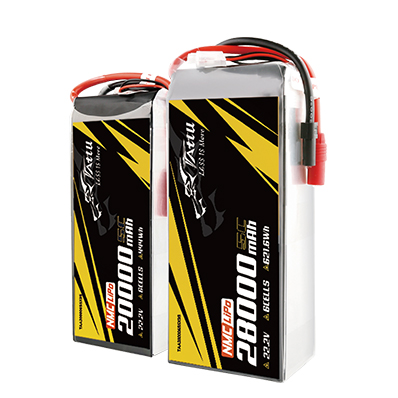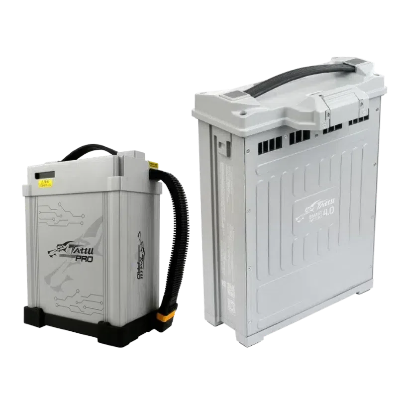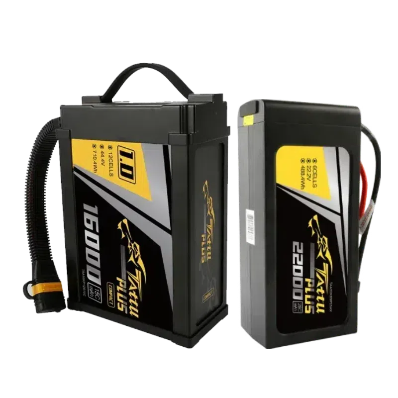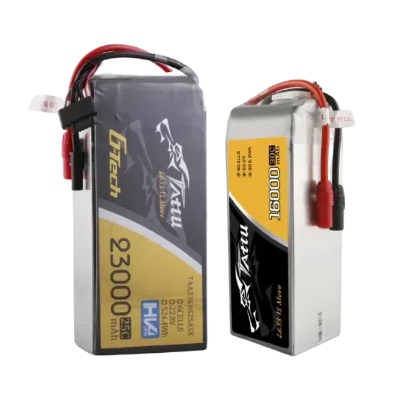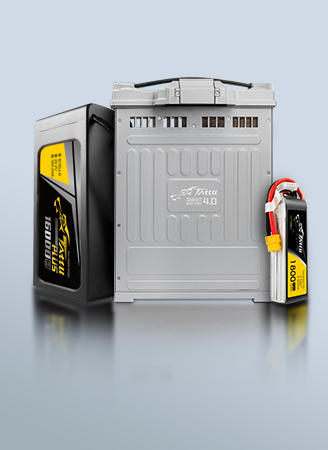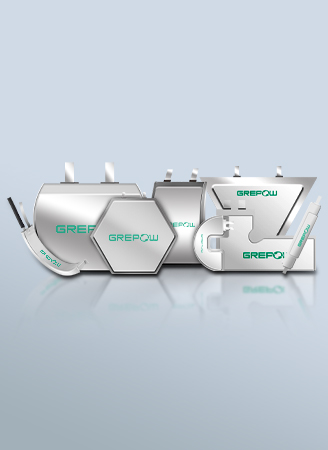How to Handle Battery Overheating Issues?
Battery overheating is a common concern in today's tech-driven world, where rechargeable batteries power everything from smartphones and laptops to electric vehicles and remote-controlled devices. Lithium-polymer (LiPo) batteries, in particular, are popular for their high energy density and lightweight design, making them ideal for applications like drones, RC cars, and hobby electronics. However, they are also prone to overheating due to their chemistry. Excessive heat can degrade performance, shorten lifespan, and in severe cases, cause thermal runaway—a dangerous chain reaction leading to fire or explosion.This guide will answer the most common and important questions about LiPo battery overheating—from causes and symptoms to prevention and emergency actions.
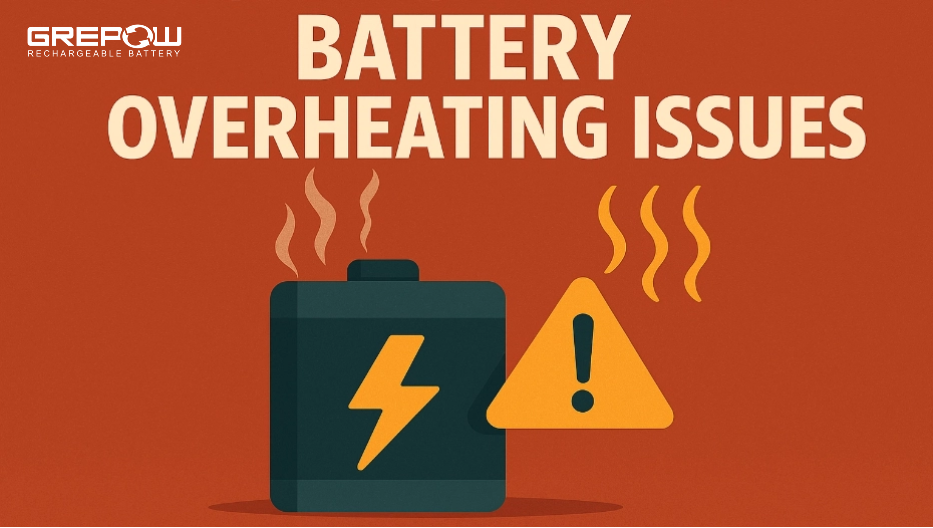
Is it Normal for LiPo Batteries to Get Hot?
A slight warming sensation during heavy use (like intense gaming, fast charging, or high-current discharge in a drone) or fast charging can be normal and expected. This is due to the internal resistance of the battery converting some energy into heat during the chemical reactions of charging and discharging. Think of it as the engine of your car getting warm during operation. However, excessive heat (beyond 60 °C) signals inefficient energy conversion or potential faults. If your LiPo regularly exceeds safe thresholds during normal use, it warrants investigation.
How to Tell if a Battery Is Overheating?
Recognizing an overheating battery is crucial for safety. Look for these tell-tale signs:
●Excessive Heat: The most obvious sign. If the battery is too hot to comfortably hold for more than a couple of seconds, it's overheating.
●Puffing or Swelling: The battery casing starts to bloat or look like a swollen pillow. This is caused by the buildup of gas from internal chemical reactions.
●Hissing or Cracking Sounds: These noises indicate that pressure is building inside the battery cell.
●A Sharp, Chemical Odor: A sweet, metallic, or acrid smell often means the electrolyte is leaking or venting.
●Smoke or Leaking Fluid: This is an extremely dangerous sign and often a precursor to a fire.
●Rapid Performance Drop: Sudden, unexpected loss of power or drastically reduced runtime.
●Smoke or Vapor: The presence of any smoke or vapor is an immediate emergency signifying thermal runaway may be imminent or has begun.
●Error Messages: Some devices have internal temperature sensors and may display warnings like "Temperature too high" or "Battery too hot."
At What Temperature Does Thermal Runaway Trigger?
Thermal runaway is a dangerous, self-sustaining chain reaction where a battery's internal temperature rises uncontrollably. For most LiPo batteries, this process can be triggered when the internal cell temperature reaches approximately 150∘C (302∘F). However, this isn't a magic number; a damaged or poor-quality battery can enter thermal runaway at a lower temperature. When temperature spikes rapidly at about 1°C/second and reaches trigger points, exothermic chain reactions cause rapid temperature and pressure increases, potentially leading to fire or explosion.
What Causes a Battery to Heat Up?
Battery heating stems from internal resistance and chemical reactions converting energy inefficiently. Common causes include:
●Overcharging: Excess current generates heat; faulty chargers are often culprits.
●High Discharge Rates: Drawing too much power (e.g., in high-performance RC use) increases resistance and heat.
●Internal Short Circuits: Damage from punctures or manufacturing defects causes localized heating.
●Extreme Temperatures: Hot environments reduce efficiency, while cold increases resistance—both lead to heat buildup.
●Poor Maintenance: Low electrolyte in non-LiPo batteries or using incompatible chargers.
For LiPo, physical abuse like bending or over-discharging below 3V per cell is a major factor. Prevent by using rated chargers and avoiding overloads.
What Happens When a Battery Exceeds Its Thermal Rundown Threshold?
Once thermal runaway initiates, it becomes self-accelerating and extremely difficult to stop:
●Separator Meltdown: The plastic separator between anode and cathode melts (around 130°C+ for common types), causing a massive internal short circuit.
●Exothermic Reactions: The short circuit generates intense heat, triggering decomposition of the cathode material and the flammable liquid electrolyte. These reactions release more heat and oxygen.
●Gas Generation: Decomposition reactions produce flammable gases (like hydrogen, methane, ethylene) and toxic gases (like carbon monoxide, HF).
●Pressure Build-up: The generated gases cause the cell to swell rapidly and potentially rupture its casing.
●Fire and Explosion: Released flammable gases and electrolyte, combined with oxygen and intense heat, ignite, causing a fire. Rupture can be violent ("explosion" or jetting of flame/materials). Neighboring cells in a pack can be ignited, propagating the failure.
What Should I Do If My Battery Is Overheating?
If you notice signs of overheating:
●Immediately stop using or charging the battery.
●Remove the battery from the device if safe to do so.
●Move it to a fireproof or outdoor area away from flammable materials.
●Avoid puncturing or applying pressure, as this could trigger thermal runaway.
If thermal runaway begins (smoke, fire), apply water or a Class D fire extinguisher if qualified and safe, or evacuate and call emergency services.
How to Cool Down a Battery?
The safest way to cool an overheating battery is to let it happen naturally.
●Patience is Key: Place the battery in a safe, isolated, and well-ventilated area and simply wait.
●Do NOT Use Water or a Freezer: Throwing a LiPo battery in water can cause a violent reaction with the lithium. Rapidly cooling it in a freezer can cause condensation, leading to short circuits and further damage.
The time it takes for a battery to cool down depends on its size and how hot it got, but you should generally allow it to sit for at least an hour, and potentially several hours, until it is completely cool to the touch.
How Long Does it Take for an Overheated Battery to Cool Down?
This depends entirely on:
●Severity of Overheat: How hot it got?
●Battery Size & Capacity: Larger/more cells take longer.
●Ambient Temperature: Cooler rooms speed cooling.
●Cooling Method: Passive vs. with airflow.
A mildly warm battery might cool in 15-30 minutes passively. A significantly overheated battery (60°C+) could take 1-2 hours or more to return to near ambient temperature passively.
●Crucially: A battery that has experienced significant overheating (especially if swollen or showing other distress signs) is permanently damaged and potentially unsafe. Do not use it again, even after it cools. Cooling down doesn't reverse the damage.
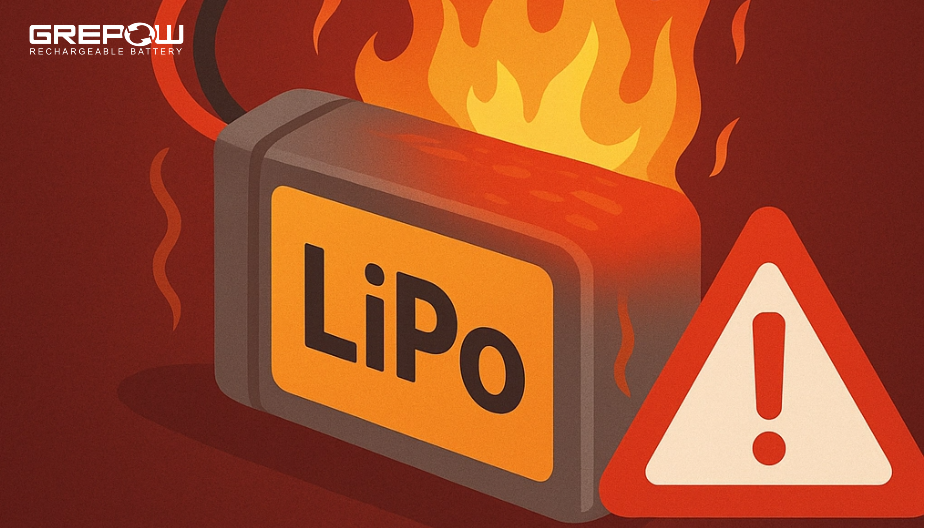
Battery Overheating FAQs
Can a Weak Battery Cause Overheating?
Yes. Aging or degraded cells exhibit higher internal resistance, which converts more electrical energy into heat under load. A “weak” battery under heavy use will run hotter than a healthy one.
Does Overheating Ruin a Battery?
Absolutely—repeated overheating degrades the electrolyte, reduces capacity, and shortens lifespan by up to 50% per incident. For LiPo, it can cause permanent swelling or failure. Heat accelerates chemical breakdown, leading to poor performance.
Can Hot Batteries Cause a Fire?
Yes, this is the primary safety concern. Overheating is the precursor to thermal runaway, which directly causes fires and explosions in LiPo batteries. While not every overheating event leads to fire, it significantly increases the risk to a dangerous level. Swelling, hissing, or smoke are strong indicators that fire is imminent.
Will Batteries Stop Working if They Get Too Hot?
●Temporarily: Yes. Most devices have built-in temperature sensors that will shut down the device or disable charging/discharging if unsafe temperatures are detected. This is a critical safety feature.
●Permanently: If the heat causes significant internal damage (separator melt, electrode degradation, internal shorts), the battery will be permanently damaged and unusable, even after cooling.
How Do You Stop Thermal Runaway on Batteries?
Stopping thermal runaway once initiated is extremely difficult. The best strategy is prevention:
●Use BMS: Monitors temp and cuts power.
●Proper Storage/Charging: Avoid extremes; use rated equipment.
●Insulation Barriers: In packs, materials prevent propagation.
If started, isolate and cool; submersion may halt it in early stages.
How to Deal with Battery Overheating While Charging?
If a battery heats excessively during charging:
●Immediately stop the charging process.
●Use chargers and cables recommended by the manufacturer.
●Charge in a cool, ventilated environment.
●Avoid fast charging unless the battery and charger support it safely.
●Check charging system components for faults if overheating persists.
●Monitor battery temperature with smart chargers that provide warnings or auto-stop functions.
Conclusion
In conclusion, while minor heating in LiPo and lithium-ion batteries during normal operation is expected, significant overheating is a warning sign of potential failure or hazard. Knowing to recognize symptoms early, respond correctly, and maintain batteries properly can prevent damage, improve safety, and extend battery life. Always treat battery overheating seriously and follow manufacturer guidelines and safety protocols. As the world’s leading LiPo battery manufacturer, Grepow delivers high-performance BMS smart drone batteries paired with compatible chargers. This powerful combination slashes the risk of overheating and thermal runaway, enhancing drone operational efficiency while ensuring maximum safety for our customers. If you have any questions or needs, please feel free to contact us at info@grepow.com.
Related Articles
-

Powering Aerial Artistry: Grepow Battery Solutions Behind Drone Light Shows
2025-10-27 -
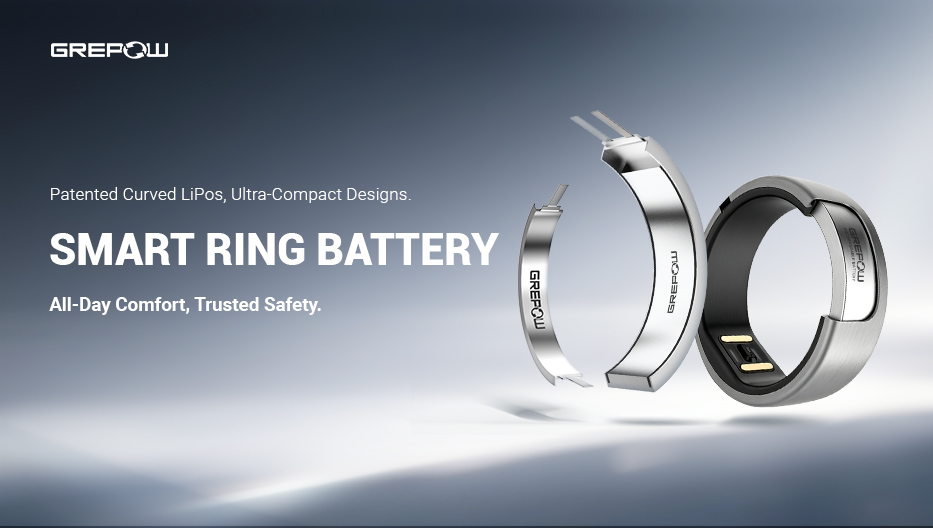
Powering the Future of Wearables: How Grepow's Patented Curved Battery is Revolutionizing the Smart Ring
2025-10-16 -

Grepow Battery Announces Manufacturing Agreement with Powerbanc Group
2025-09-30






